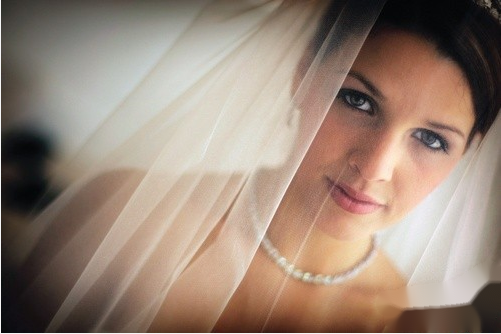Table of Contents
The Meaning of Backlight
If the backlight is used well when shooting portraits, the picture will be very beautiful. The hair and body outline the contour line, and the whole person will be more three-dimensional, just like this. ▼

When it is not used properly, the face will turn black. Maybe this beauty has a grudge against you? ▼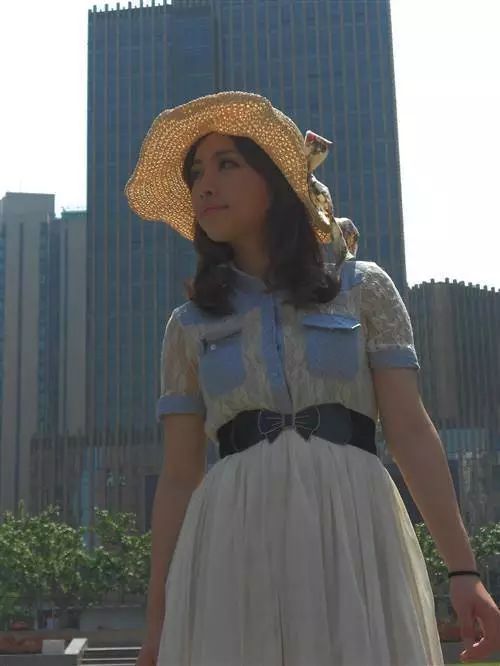
Some people ask, where is the problem? How to avoid this embarrassment? In fact, you can try to shoot like this!
1. Choose the Right Scene and Time
After choosing the right venue and time, you will be successful for the most part. There are two important time points for shooting backlit portraits.
One is half an hour before the sun comes out in the morning, and the other is half an hour before the sun sets in the afternoon. The slanted light can give people a very beautiful contour light.
As the light fades, the rim light also slowly disappears. Of course, if there is a jungle block, as long as it is not in direct sunlight at noon, it is also the best time to shoot backlit portraits.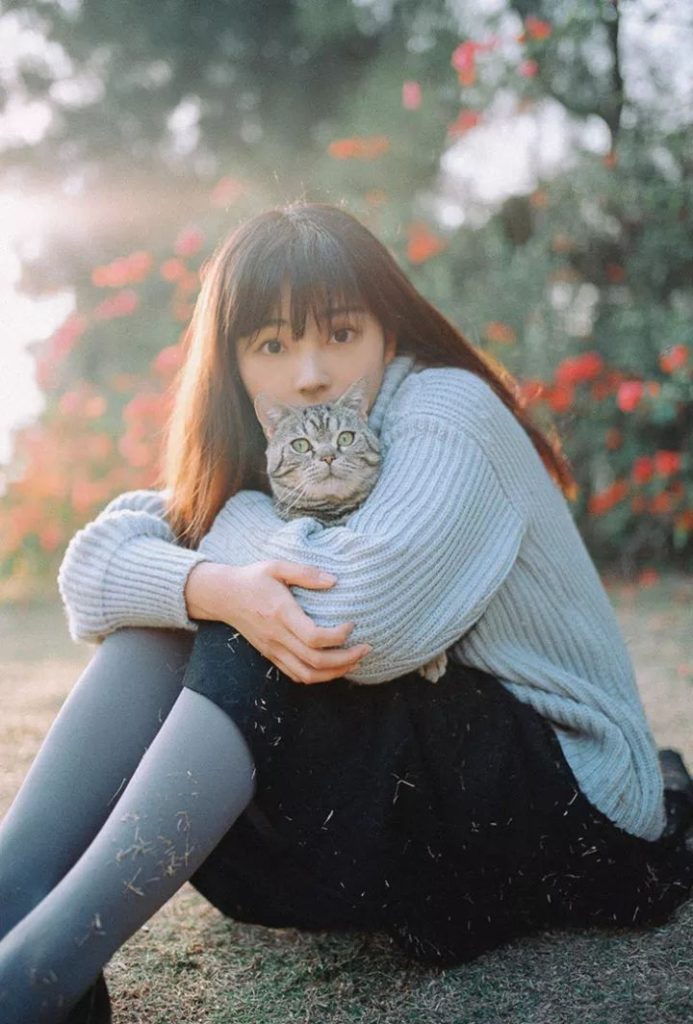
2. Use Spot Metering
In backlight, to ensure that the face is not black, the easiest way is to use spot metering. Spot metering only guarantees about 5% of the metered area, when the environment is too bright or too dark, in order to correctly expose the subject.
Therefore, use spot metering for the face of the portrait, focusing on ensuring accurate exposure of the face. But often the picture will be overexposed, so what should I do?
3. Exposure Compensation
If you experience overexposure, you need to use exposure compensation. There is a very easy to remember formula, namely “white plus black minus”.
The overall environment is too bright, and exposure compensation needs to be reduced.
The overall environment is too dark, increase the exposure compensation
4. Portrait Position
If the light ratio is too large and the background is too bright, the backlight shooting must be a silhouette effect. You can choose a relatively dark background, such as under a big tree, so that it is easier to shoot light spots.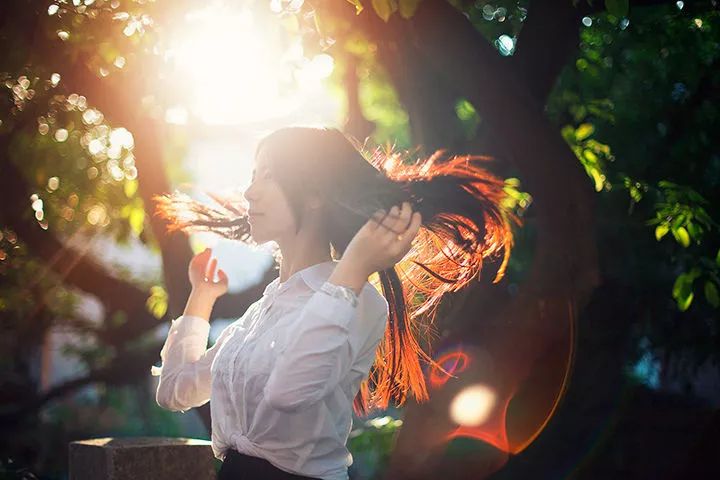
If the backlight doesn’t work, try a side backlight and change the direction of your face.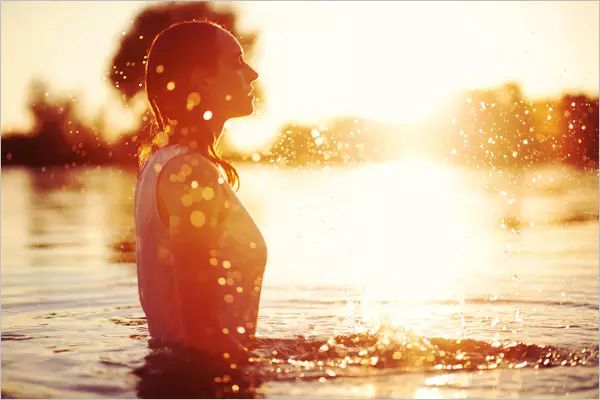
5. Learn to Fill Light
Under the backlight, if you don’t want to shoot silhouettes, the above methods can’t satisfy you, then you need to fill in the light!
If there is an assistant, it is very easy to use the reflector to fill in the light for portrait shooting.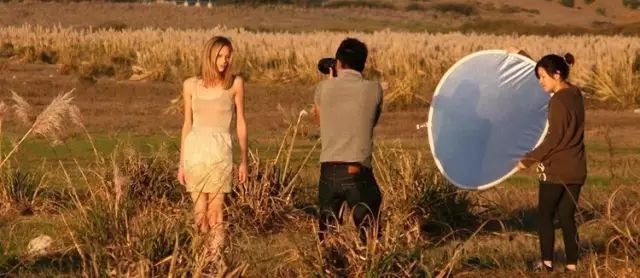
Using the flash is also handy if you don’t have an assistant. If you consider the later stage, in fact, as long as the dark parts are not turned into dead black, it is also very easy to retouch the picture.
If you don’t want to take so many things out, it’s also necessary to make the most of them!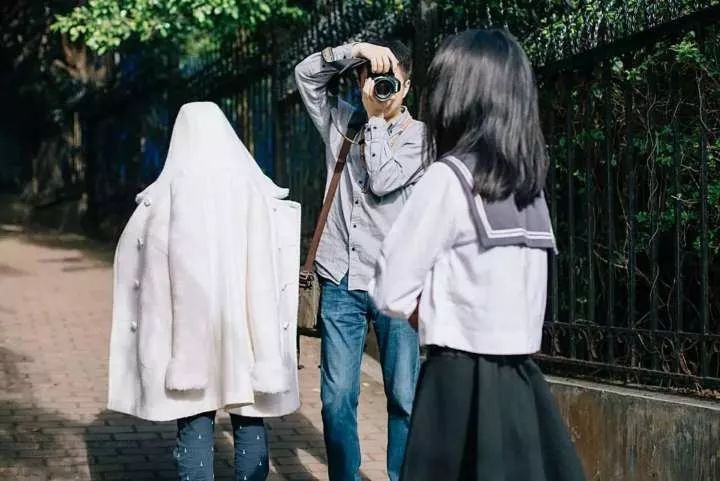
Photography is an art of using light. Use the backlight and add some light spots to the background, I believe the portrait will be more beautiful. Give it a try!
6. How to Ensure Accurate Exposure of People’s Faces?
In portrait photography, if the light ratio between the subject and the background is not too large, the exposure can be basically accurate. The key is that in the case of a large light ratio, the faces of the characters are easily overexposed or underexposed.
Many people may ask everyone to use exposure compensation to make the subject exposure accurate. In fact, exposure compensation can compensate for the contrast between the character’s face and the background, but the value of exposure compensation is not so easy to determine, and sometimes it may only be done a few times. So what is a good way to make the face exposure of the characters accurate and easy to operate?
There is only one answer: spot metering.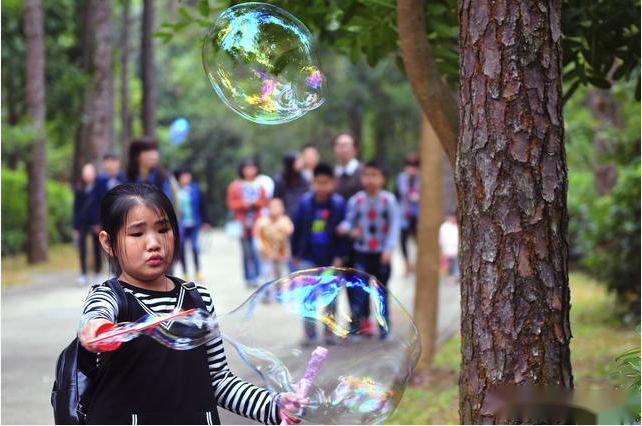
The Role of Spot Metering
When the light ratio between the background or foreground and the subject’s face is not too large, using actual metering methods, such as average metering or center-weighted metering, may cause the exposure of the face to be inaccurate. It’s just a matter of how much the difference is. And only spot metering can accurately get the exposure value of people’s faces.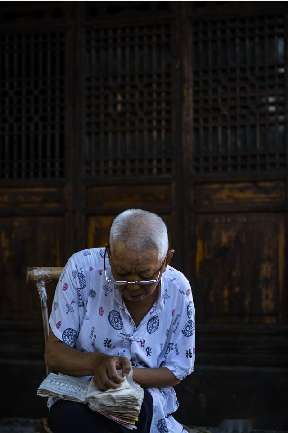
Especially when the light is relatively large, whether it is the background or the foreground, the faces of the characters are very prone to inaccurate exposure. The reason is that the proportion of the character’s face in the whole picture is too small, which cannot accurately reflect the exposure value of the character’s face. Using spot metering and metering directly on the face of the person is a relatively safe method.
Using spot metering, if it is a semi-automatic mode with aperture priority or shutter priority, you may need a metering tip to adjust the exposure compensation to meet the exposure needs. But if you use the fully automatic exposure mode, it will be more convenient. According to the metering prompt, it is easier or more convenient to directly change the aperture or shutter to achieve accurate facial exposure.
